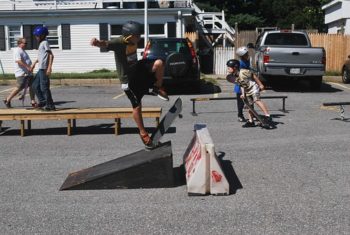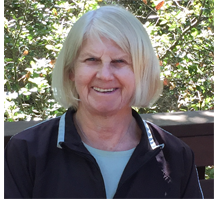 Manage Conflict in the Moment: Stay Calm
Manage Conflict in the Moment: Stay Calm
How do you manage conflict when you are in the middle of a power struggle with your child?
- You are out grocery shopping with your three year old who starts crying for the candy strategically located at the check-out line.
- Your teenager has just passed the driving test and wants the keys to the car but you need your car.
- Your middle-schooler has broken curfew and not contacted you. What do you do?
Once the struggle has begun, how can you change direction? The first thing you have to do is calm down. Second, help your child to calm down. Third, move on. Here are some strategies for doing this.
Take away the audience
Defusing conflict requires focus, privacy and quiet. Find a quiet place, such as the child’s bedroom, where you can talk to your child alone.
 Use timeouts
Use timeouts
Find a change of setting to get away from the situation, such as a a walk outside, or some time alone. These actions can help you and your child to remain calm.
Use incentives to change behavior
An incentive such as food, the promise of a play date, or even television time can be negotiated to reframe the conflict.
Minimize time in a power struggle
Be straightforward and remember that the word “No” can be a complete sentence. End the discussion and move on to talking about happy times ahead.
Examples
Our three year old granddaughter went far away from home with her family. When she was unable to stop crying, a chair was set outside within our view, in a peaceful setting. It was designated as the crying chair. Time sitting on this chair was not punitive, but a constructive opportunity to decompress. It was a very effective strategy.
One of my most difficult teacher – student situations came when a high school student started to cut her hair in front of all of us and waved the scissors at us as we approached. I took her on a walk to a calming pathway near the high school that was on the way to her home. I had disengaged from trying to get the scissors away from her. She voluntarily put them down at the mention of going home. Things calmed down enough that I was able to walk back to school with her, call her mother and have her picked up.
Conclusions
Everyday we are faced with the potential for conflict with our children regardless of how old they are. However, our focus should remain to respond directly, stay calm and remember our unbiased love and affection for them.
Wishing you support as you stay calm while managing conflict.
Karen Salzer
Copyright (c) 2016 by GenParenting

Karen Salzer has over thirty years’ experience as a resource teacher in the Palo Alto public schools. She earned a doctorate in education from Stanford University. Her areas of expertise involve working with culturally diverse students with special needs including autism, emotional disturbances, learning disabilities, and health issues. As a special educator, Ms. Salzer served as a liaison between parents of special needs students and school staff. She guided parents and staff in identifying an appropriate education for each student in the public school setting. Additionally, she aided students and parents in navigating the educational requirements for graduation, test-taking and in finding support services within the community. Through her leadership, Ms. Salzer encouraged collaborative problem-solving between parents and school staff – such as accommodations for test taking, extended time and use of technology. She loves to follow-up with her students when they become adults and to highlight their many successes in education and careers. Ms. Salzer uses these success testimonials to reassure parents of other children and to encourage them to help their children pursue their full potential. Ms. Salzer is the mother of four adult children and helps care for her five grandchildren

